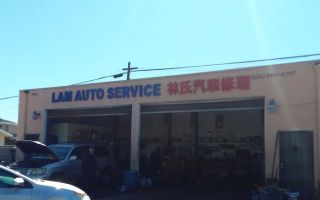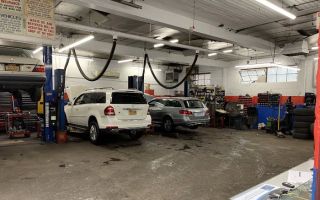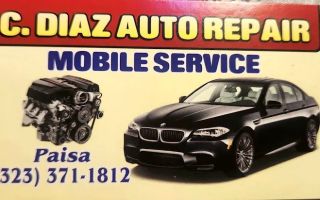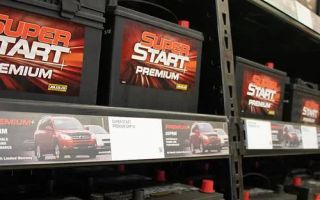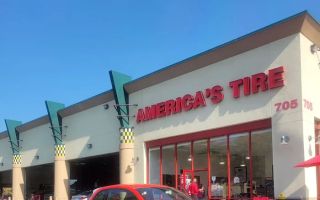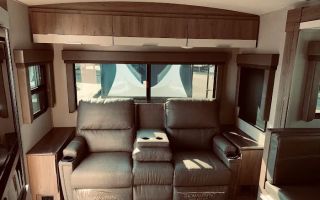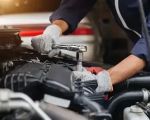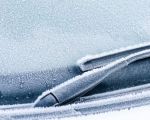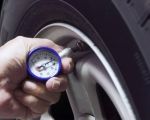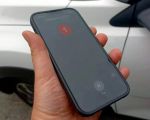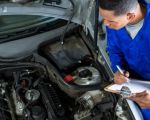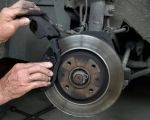Towing for Cars with Dead Batteries: What You Need to Know About Towing and Jump Starting
A dead battery is one of the most common causes of car breakdowns, and it can happen at the most inconvenient times. Whether you’re at home, in the parking lot, or on the side of the road, a car with a dead battery can leave you stranded. While some people may attempt a jump start, there are situations where towing may be necessary. In this article, we’ll cover everything you need to know about towing for cars with dead batteries, how to troubleshoot the issue, and when towing is the best solution.
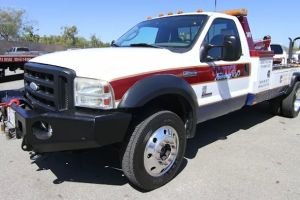
United Towing Service Inc.
26170 Adams Ave, Murrieta, CA 92562, USA




